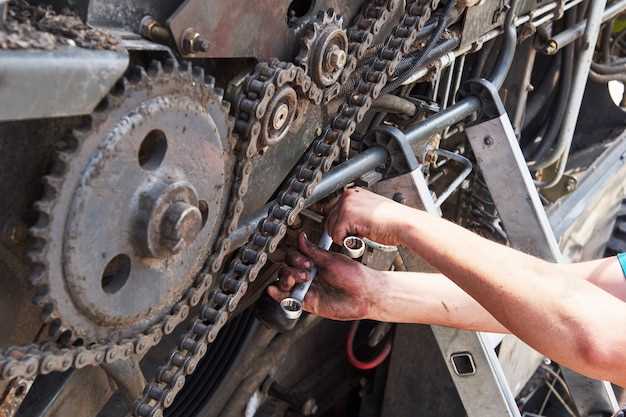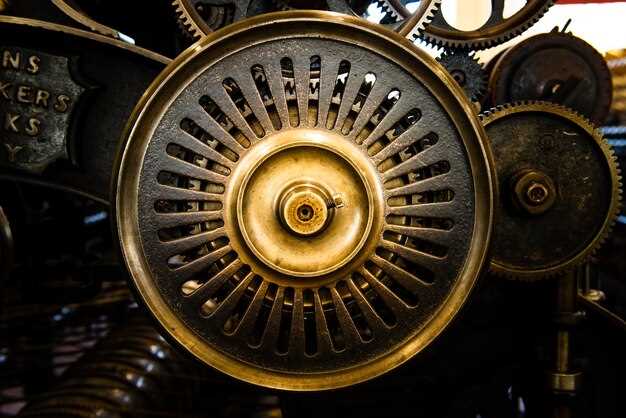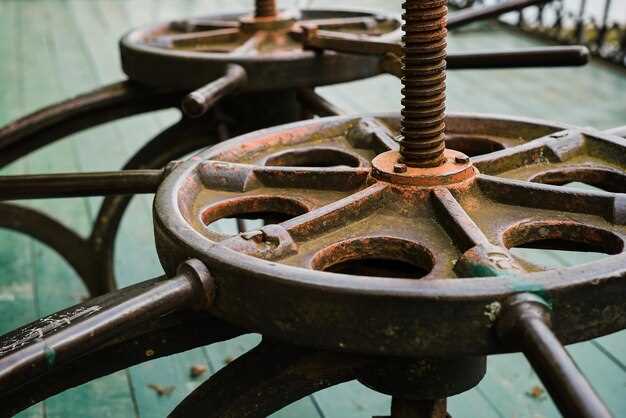
The art of rebuilding engines, particularly classic rotary engines, has become a fascinating niche within the automotive community. Unlike traditional piston engines, rotary engines operate on a unique design that offers distinct advantages in terms of power and efficiency. As enthusiasts seek to enhance their performance, the process of rebuilding these engines has transformed into a meticulous endeavor, blending innovation with a respect for the original engineering.
To rebuild a rotary engine effectively, one must understand the intricacies of its construction. These engines rely on their eccentric rotary design to convert combustion energy into motion, resulting in a lighter and more compact unit. This essential characteristic requires specialized knowledge and techniques during the rebuilding process. By addressing wear points and integrating high-performance components, enthusiasts can unlock significant performance gains while preserving the vintage charm of these classic powerhouses.
Moreover, performance boosting through rebuilding involves not only replacing worn-out parts but also enhancing the overall design. From upgrading the apex seals to optimizing the intake and exhaust systems, there are numerous avenues for improvement. Each modification must be carefully considered, as it can dramatically influence the engine’s power delivery and reliability. With the right approach, rebuilding a classic rotary engine not only revives its former glory but also elevates it to new heights of performance.
Choosing the Right Components for Your Rotary Engine Rebuild

When undertaking a rebuild of your rotary engine, selecting the appropriate components is crucial for enhancing performance and ensuring reliability. Different parts can significantly influence the overall efficiency and power output of your engine, so careful consideration is necessary.
Rotors are the heart of the rotary engine and should be chosen based on their durability and design. High-performance rotors often feature advanced materials and coatings that increase strength and reduce friction. Upgrading to lightweight rotor designs can also help in increasing rev response while minimizing rotational mass.
Seals play a vital role in maintaining compression and preventing leaks. Consider using upgraded apex seals made from durable materials, such as carbon or ceramic composites. These materials offer better wear resistance and can improve the longevity of your engine during high-performance applications.
Intake and Exhaust Systems significantly contribute to engine performance. A custom intake manifold can enhance airflow into the engine, while an upgraded exhaust system allows for improved gas evacuation. Pairing these two components effectively can lead to a noticeable boost in horsepower and torque.
Fuel Injectors should match the upgraded specifications of your rotary engine. High-flow fuel injectors can provide a better fuel-air mixture, which is essential for achieving optimal power levels. Additionally, ensure that your fuel pump is capable of supporting the increased demand of performance enhancements.
ECU Tuning is another integral part of the rebuild process. A suitable engine management system can optimize fuel maps and ignition timing, maximizing the performance capabilities of the newly installed components. Choose an ECU that offers flexibility and allows for future adjustments as your rebuild progresses.
Lastly, gaskets and bolts should not be overlooked. High-performance gaskets help maintain integrity under extreme conditions, while stronger bolts can withstand the increased stresses of a tuned rotary engine. Selecting quality fasteners is essential for reliability and preventing future engine issues.
In conclusion, the right components for your rotary engine rebuild are vital for achieving a performance boost. By choosing quality parts and ensuring compatibility, you can enhance the power, efficiency, and lifespan of your engine.
Tuning Techniques to Maximize Power Output in Rotary Engines
The rotary engine, renowned for its unique design and smooth operation, requires meticulous tuning techniques to achieve optimal power output after a rebuild. Several key methods can significantly enhance performance while maintaining reliability.
1. Apex Seals Improvement: One of the most critical areas in rotary engine performance is the apex seals. Upgrading to high-performance seals can mitigate wear and improve compression stability. This ensures the engine maintains effective cylinder sealing during operation, resulting in higher power output.
2. Exhaust System Optimization: Upgrading the exhaust system can dramatically enhance gas flow and reduce back pressure. Installing a free-flowing exhaust manifold and high-performance muffler not only contributes to increased horsepower but also improves throttle response, making the engine feel more powerful.
3. Intake System Modifications: Enhancing the intake manifold and air filter can help increase airflow into the engine. A larger throttle body, combined with a cold air intake system, allows the engine to draw in more air, leading to a more efficient combustion process. This boosts overall performance, especially in higher RPM ranges.
4. Fuel System Enhancements: An efficient fuel delivery system is essential for maximizing power. Upgrading to larger fuel injectors and a high-performance fuel pump ensures the engine receives an adequate supply of fuel under high load conditions. Proper tuning of the fuel management system is crucial for achieving the desired power output without compromising engine longevity.
5. ECU Remapping: Reprogramming the engine control unit (ECU) allows for precise adjustments to fuel maps, ignition timing, and boost levels. A well-tuned ECU can unlock significant power gains, as it optimizes the overall performance characteristics of the rotary engine post-rebuild.
6. Lightweight Components: Reducing engine weight through the use of lightweight components such as a performance flywheel or aluminum brackets can enhance acceleration and responsiveness. This contributes to an overall increase in performance, making the engine feel more dynamic and lively.
7. Cooling System Upgrades: Effective heat management is vital for performance tuning. Upgrading to a high-capacity radiator, improved water pump, and oil cooler can help maintain lower operating temperatures, preventing overheating and ensuring consistent power delivery, especially during prolonged high-performance driving.
By implementing these tuning techniques during the rebuild process, enthusiasts can significantly improve the power output and overall performance of rotary engines. Careful consideration of each component and system will yield the best results, transforming a classic rotary engine into a high-performance powerhouse.
Common Pitfalls to Avoid During Rotary Engine Reassembly

Rebuilding a rotary engine can be a rewarding experience, but it also comes with its unique set of challenges. To ensure a successful reassembly, here are some common pitfalls to avoid:
-
Inadequate Cleaning:
Make sure all components are thoroughly cleaned before starting the reassembly process. Improper cleaning can lead to debris contamination, which affects engine performance.
-
Ignoring Tolerance Specifications:
Every rotary engine has specific clearance and tolerance requirements. Failing to adhere to these specifications can result in premature wear or engine failure.
-
Over-tightening Bolts:
It’s crucial to follow the manufacturer’s torque specifications. Over-tightening can strip threads or warp surfaces, compromising engine integrity.
-
Skipping Seal Checks:
Replacement of apex seals and O-rings is vital. Neglecting to check these seals can lead to poor compression and leaks post-reassembly.
-
Lack of Lubrication:
Ensure all moving parts are adequately lubricated before reassembly. Dry parts can lead to immediate damage during engine startup.
-
Failure to Document Disassembly:
Take notes or use images during the disassembly phase. This practice will help you remember the order of components and prevent mistakes during the rebuild.
-
Not Testing Clearances:
Use feeler gauges to check clearances on critical components such as the rotor and housing. Failing to do this can lead to improper fitting and operational issues.
-
Neglecting Engine Management Systems:
After reassembling the engine, ensure that the engine management system is calibrated correctly. An improperly tuned engine can lead to performance issues and potential damage.
By avoiding these pitfalls, you can enhance your chances of successfully rebuilding a rotary engine that performs at its peak.




